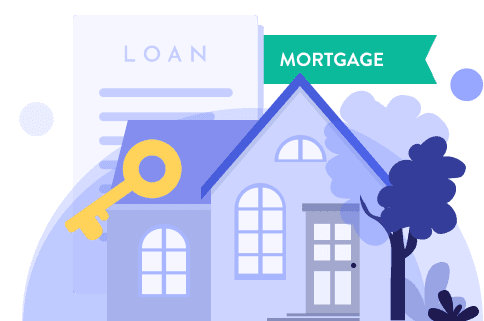A home equity line of credit (HELOC) allows homeowners to access their home's equity. It operates similarly to a credit card, offering a revolving credit line based on your home's value minus any outstanding mortgage balance.
For many, a home isn't just a place of residence — it's one of their most significant investments. A HELOC lets you leverage this investment for various needs, whether it's home improvements, consolidating debts or covering the cost of college for a child.
Our calculator helps simplify these decisions. It estimates how much you can borrow, your potential monthly payments and your loan-to-value (LTV) ratio, equipping you with the knowledge to make informed choices about using a HELOC.




